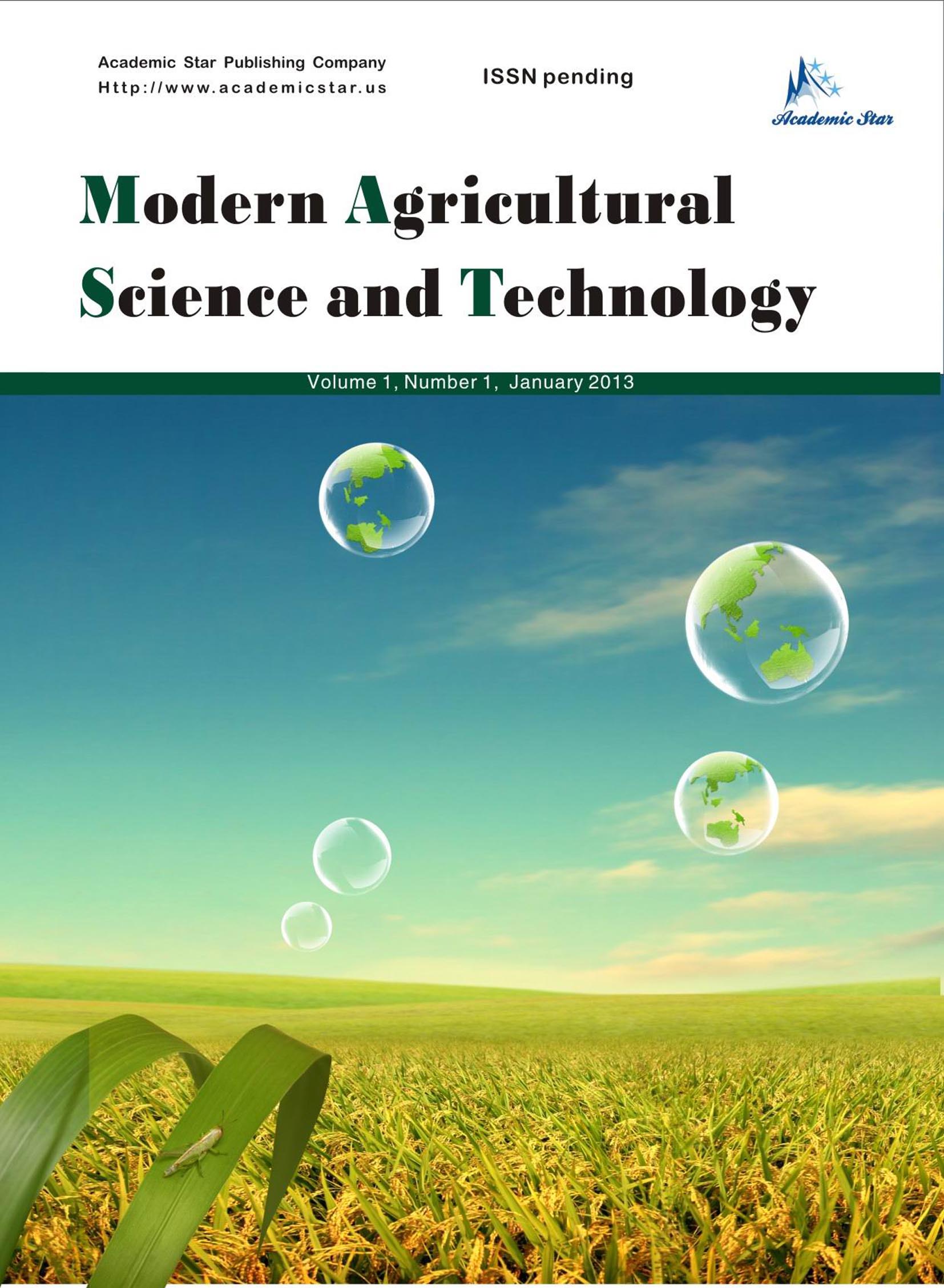
- ISSN: 2375-9402
- Modern Agricultural Science and Technology
Effect of Olive Grove Management by Groundcovers on Soil Microbiological Biomass
1. Plant Protection Laboratory, IMIDRA, Community of Madrid, Spain
Abstract: Soil management strategies in agricultural environments allowing for successful world food supply through practices that are respectful with the ecological balance of the agroecosystems are needed. Thus, the interest in the use of groundcovers in integrated production has been increasing due to the possibility to meet profitability and sustainability. This work aimed to compare four soil management conditions in an olive grove: annual spontaneous vegetation, grass and legume groundcovers, and conventional tillage, in terms of biomass generated by microorganisms in soil and plant roots. Population sizes of fungi, bacteria and nematodes, and soil aggregate stability were estimated in each condition. Regarding the contrast between plant roots and soil, increases in fungi, bacteria and nematodes correlated with plant roots and, consequently, with increases in microbiological biomass in the olive grove. Moreover, higher stability of soil aggregates was observed in the three groundcovers, which may be associated with increases obtained in fungi and bacteria in these conditions. Among groundcovers, only that of legume pointed out a slight increase in fungi and bacteria in soil and plant roots, which may indicate the need for long-term studies of this kind to allow for adequate establishment of microbiological populations.
Key words: land-use change, soil biology, sustainable agriculture, agroecology, soil health, microorganism, food supply, cover crop






